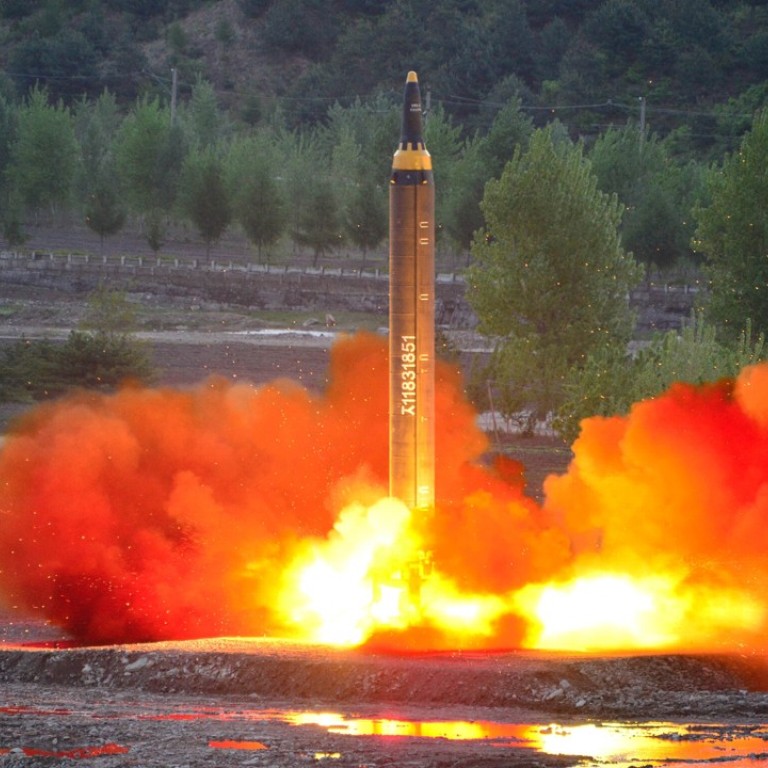
Analysis | North Korea hails ‘perfect weapon’ that flew 780km, claims it can carry nuclear warhead
Leader Kim Jong-un personally oversaw the test on Sunday and pictures by state media showed him gazing at the missile in a hangar before the launch
North Korean leader Kim Jong-un celebrated a test of the “perfect weapon system” after his engineers launched what they said was a new kind of intermediate-range ballistic missile system capable of carrying “a large-size heavy nuclear warhead”.
Amid condemnation in Seoul, Tokyo and Washington, a jubilant North Korean leader promised more nuclear and missile tests and warned that his country’s weapons could strike the US mainland and Pacific holdings.
Experts said the missile test-launch signalled major advances in developing an intercontinental ballistic missile, such as mastery of re-entry technology and better engine performance key to targeting the United States.
Watch: South Korea slams North’s missile launch
The isolated country has been developing a long-range missile capable of striking the mainland United States mounted with a nuclear warhead. That would require a flight of 8,000 km or more and technology to ensure a warhead’s stable re-entry into the atmosphere.
The new strategic ballistic missile named Hwasong-12 (Mars-12) fired on Sunday at the highest angle to avoid affecting neighbouring countries’ security, flew 787 km on a trajectory reaching an altitude of 2,111 km, the North’s official KCNA said.
The reported details were largely consistent with South Korean and Japanese assessments that it flew further and higher than an intermediate-range missile (IRBM) tested in February from the same region, northwest of Pyongyang.
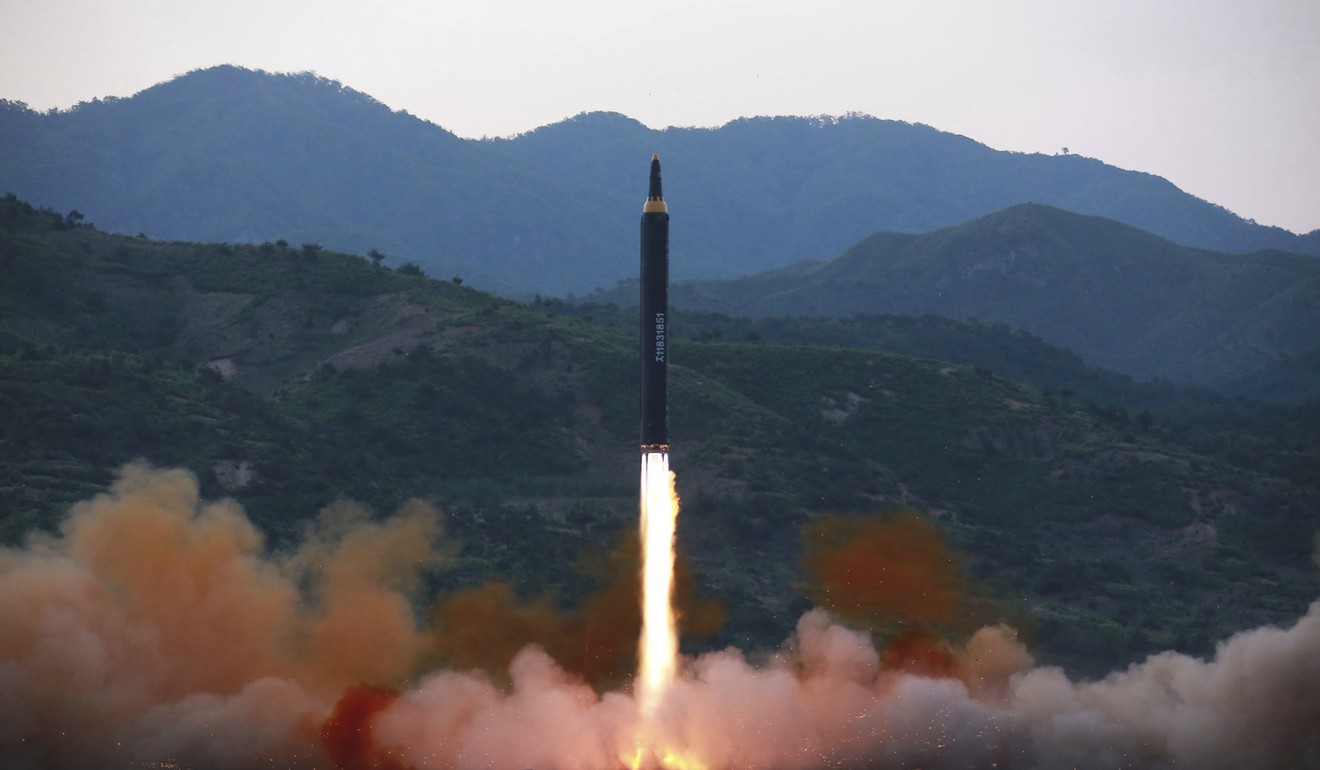
Such an altitude meant it was launched at a high trajectory, which would limit the lateral distance travelled. But if it was fired at a standard trajectory, it would have a range of at least 4,000 km, experts said.
The test “represents a level of performance never before seen from a North Korean missile,” John Schilling, an aerospace expert, said in an analysis on the US-based 38 North website.
“It appears to have not only demonstrated an intermediate-range ballistic missile (IRBM) that might enable them to reliably strike the US base at Guam, but more importantly, may represent a substantial advance to developing an intercontinental ballistic missile (ICBM).”

KCNA said the test launch verified the homing feature of the warhead that allowed it to survive “under the worst re-entry situation” and accurately detonate.
The claim, if true, could mark an advancement in the North’s ICBM programme exceeding most expectations, said Kim Dong-yub, a professor at Kyungnam University’s Institute of Far Eastern Studies in Seoul.
Kim, a former South Korean navy officer, added the trajectory showed the North was clearly testing the re-entry technology under flight environments consistent for a ICBM.
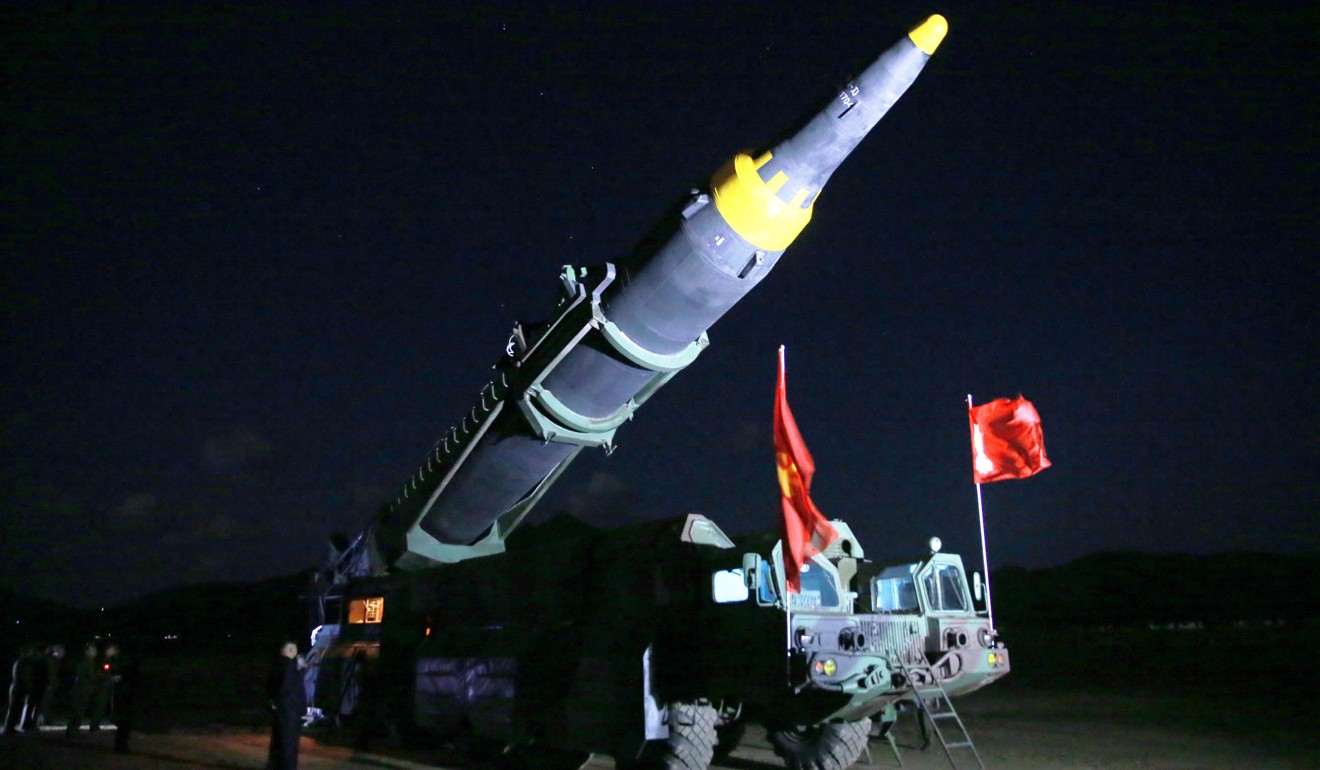
The North has successfully launched long-range rockets twice to put objects into space. But many had believed it was some years away from mastering re-entry expertise for perfecting an ICBM, which uses similar engineering in early flight stages.
Sunday’s missile launch also tested the North’s capability to carry a “large-size heavy nuclear warhead”, the state news agency said.
“The test-fire proved to the full all the technical specifications of the rocket ... like guidance and stabilisation systems ... and reconfirmed the reliability of new rocket engine under the practical flight circumstances,” KCNA said.
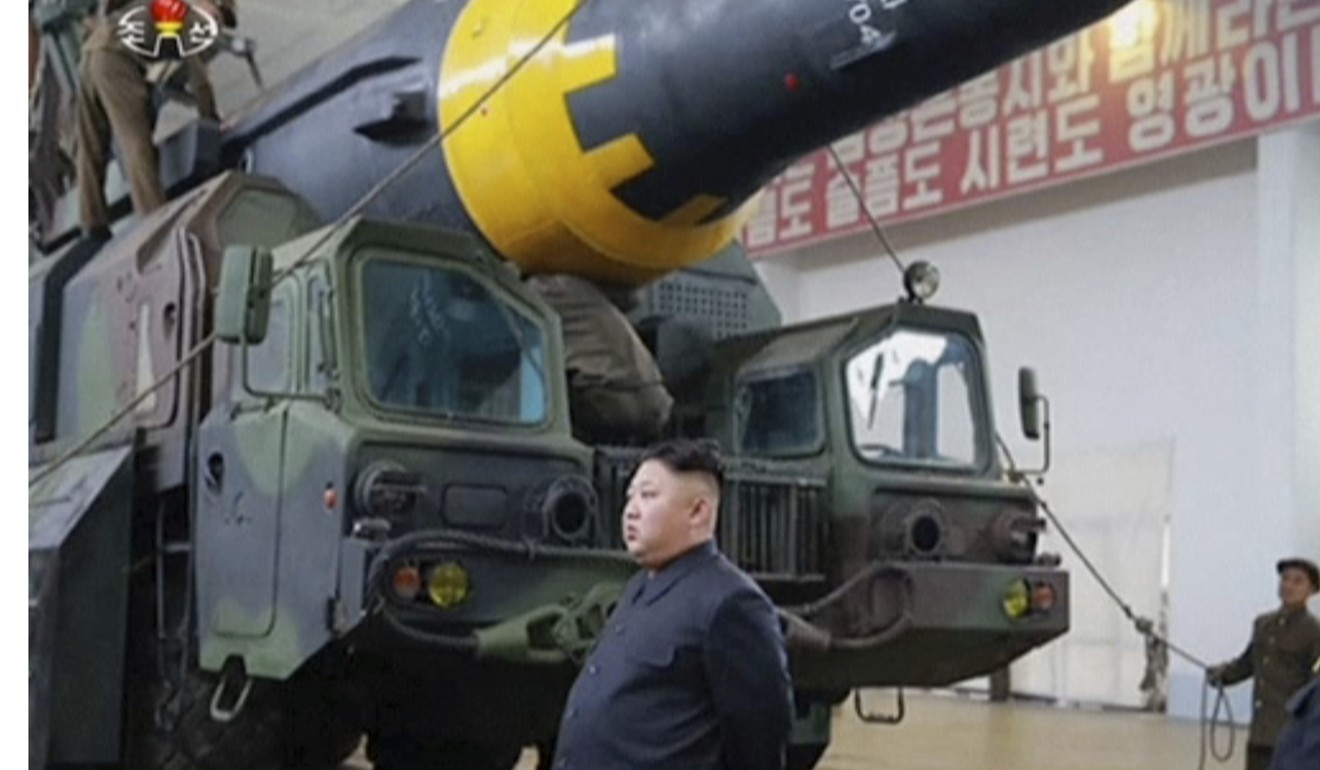
On Monday, South Korea’s military played down the North’s claim of technical progress on atmospheric re-entry, saying the possibility was low.
North Korea’s official Rodong Sinmun devoted half of its six-page Monday edition to coverage of the missile test, with vivid colour photographs of the launch and jubilant leader Kim celebrating with military officers.
The pictures featured a long nose-coned projectile that appeared to be similar to missiles displayed during an April 15 military parade for the birth anniversary of state founder Kim Il-sung.
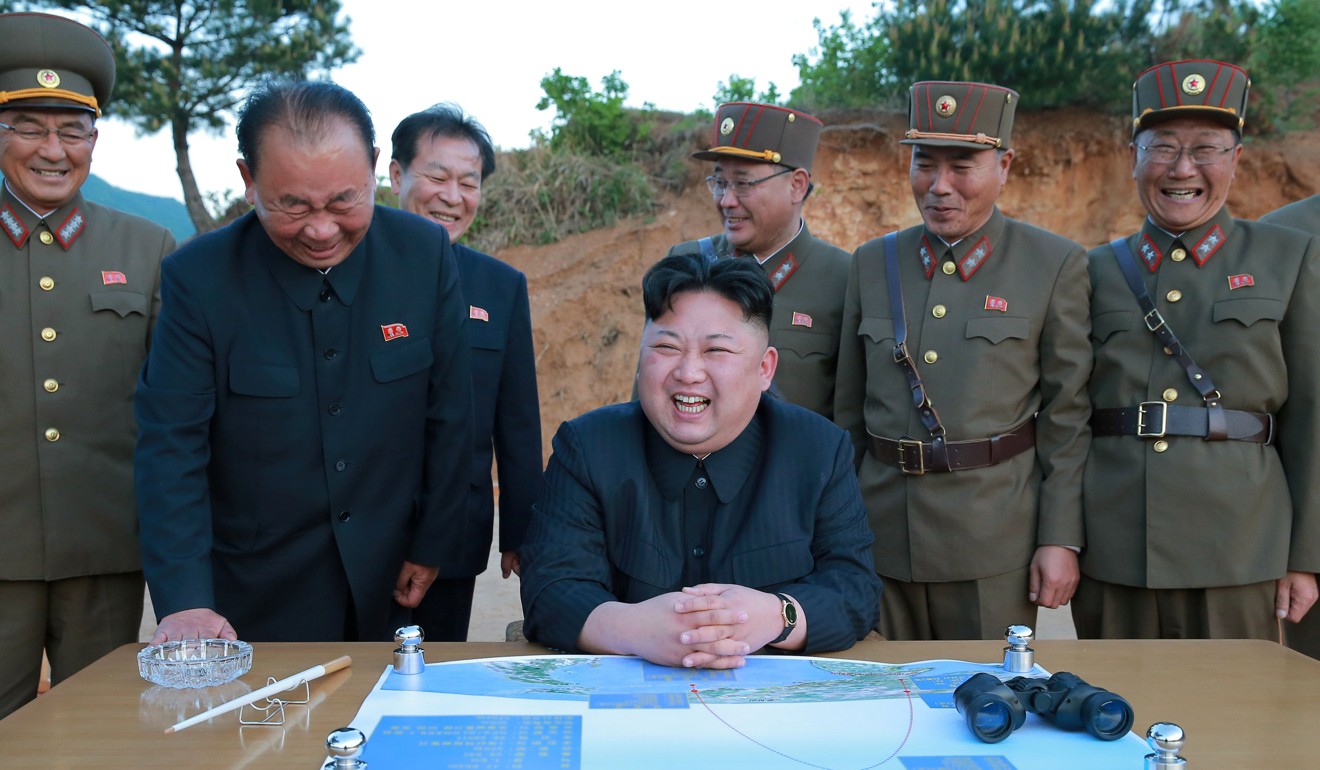
The nose cone resembles that of the KN-08 ICBM the North is believed to be developing, and the lofted trajectory tests re-entry by putting the missile through extra stress, said Joshua Pollack of the US-based Nonproliferation Review.
“This is an advanced missile, if their claims are true.”
KCNA said Kim accused the United States of “browbeating” countries that “have no nukes”, warning Washington not to misjudge the reality that its mainland is in the North’s “sighting range for strike”.
North Korea, which is banned by UN resolutions from engaging in nuclear and missile developments, has accused the United States of a hostile policy to crush its regime, calling its nuclear weapons a “sacred sword” to protect itself.
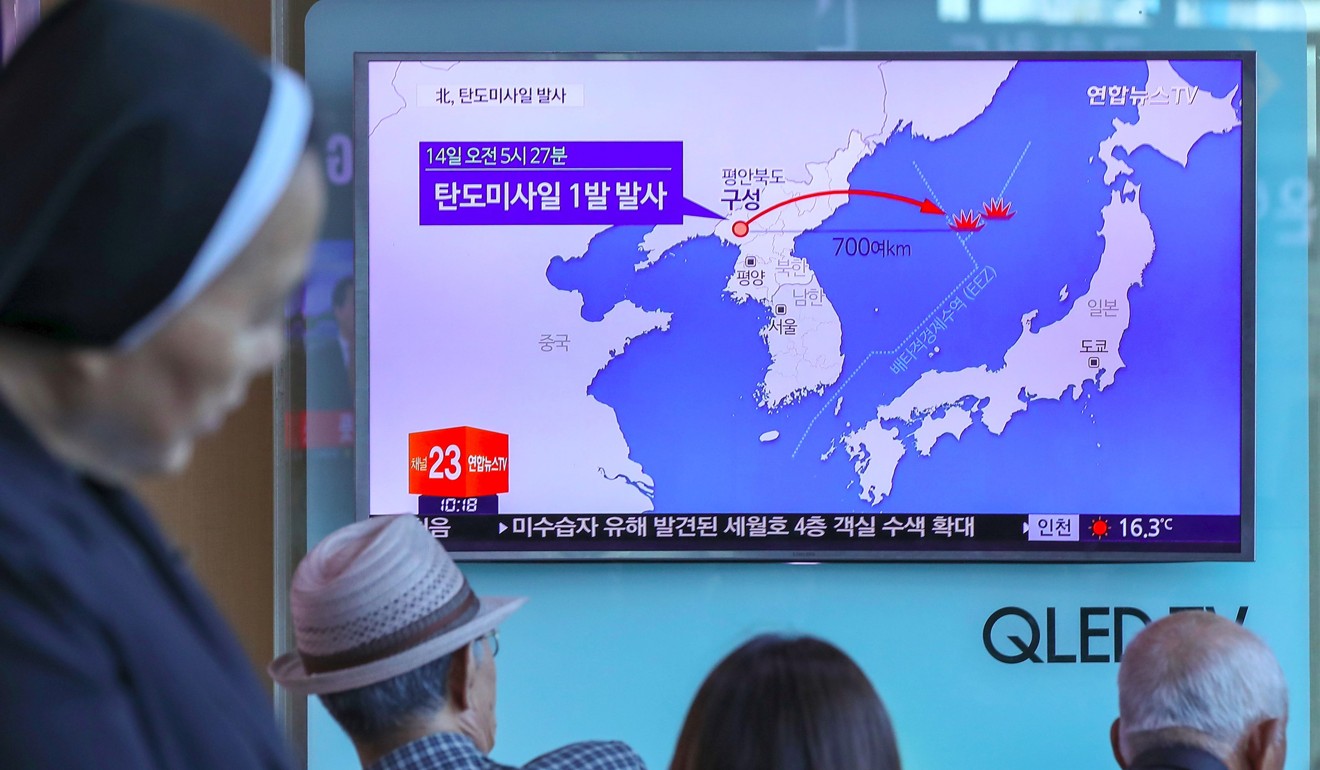
The North’s leader, Kim, has said it was in final stages of developing an ICBM.
It is difficult to say when the North will have a reliably tested ICBM ready to deploy, said Lee Choon-geun, a senior research fellow at South Korea’s state-run Science and Technology Policy Institute.
“When it comes to actual deployment, developed countries have tested at least 20 ICBMs and their success rate should be around 90 per cent. It is not there yet.”
But the new engine used for Sunday’s test signalled a major step forward in the intermediate-range missile development, one that can be modified for an ICBM flight, Lee said.
The United States called the missile launch a message to South Korea, days after its new president took office.
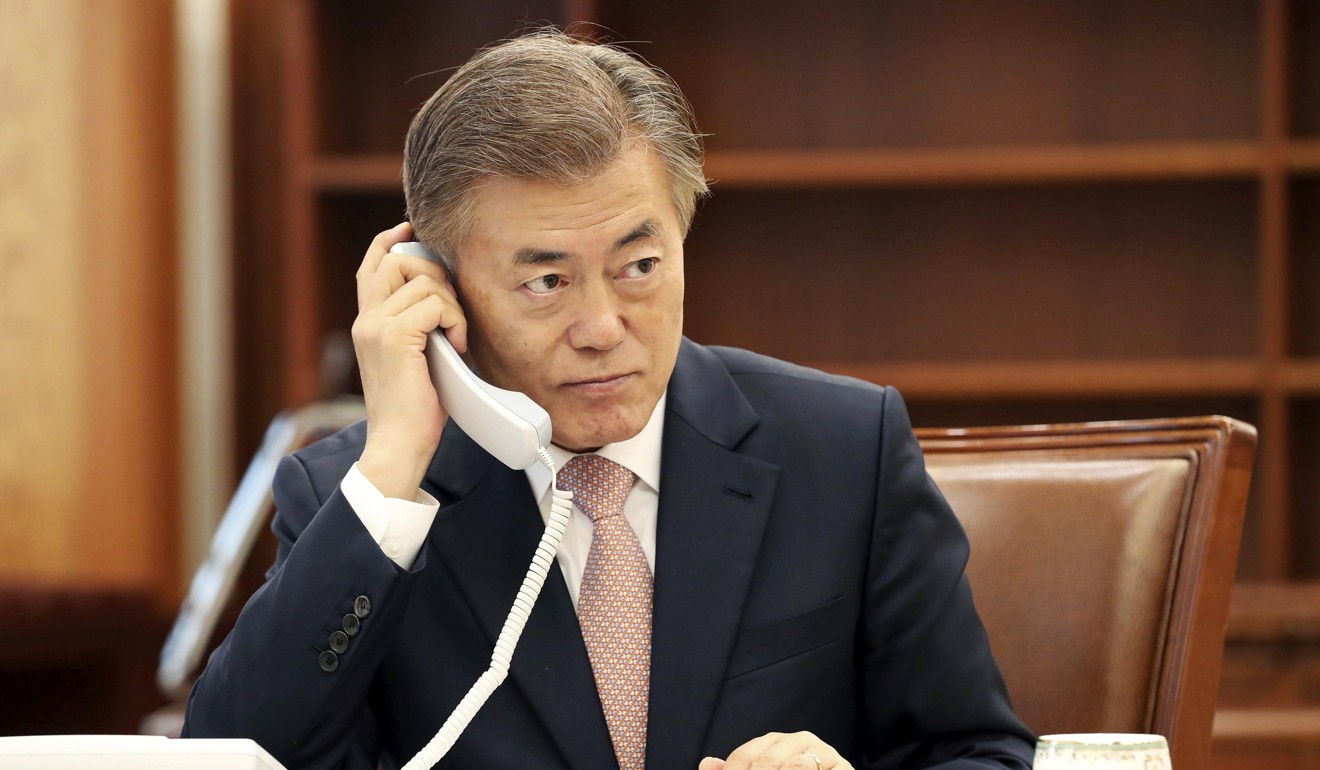
It came hours before China kicked off its Belt and Road Forum for International Cooperation, where Chinese President Xi Jinping was laying out his vision of globalisation to leaders and delegations from dozens of countries
US Ambassador to the UN, Nikki Haley to said that the United States has been working well with China, Pyongyang’s closest ally, and she raised the possibility of new sanctions against North Korea, including on oil imports.
The Security Council has adopted six increasingly tougher sanctions resolutions against North Korea.
Reuters, Kyodo, Washington Post
